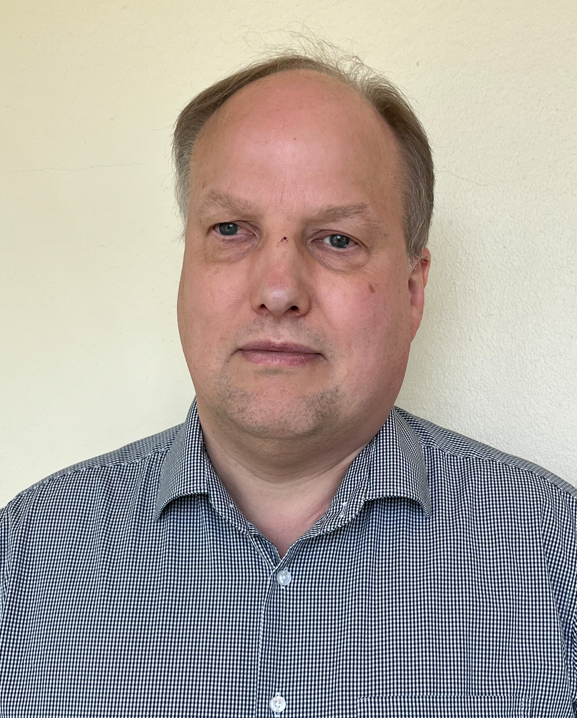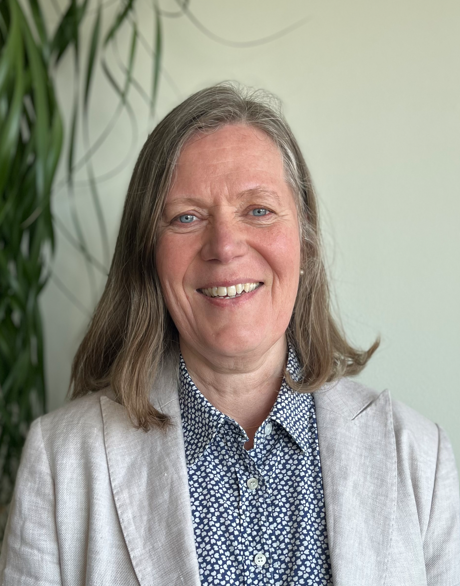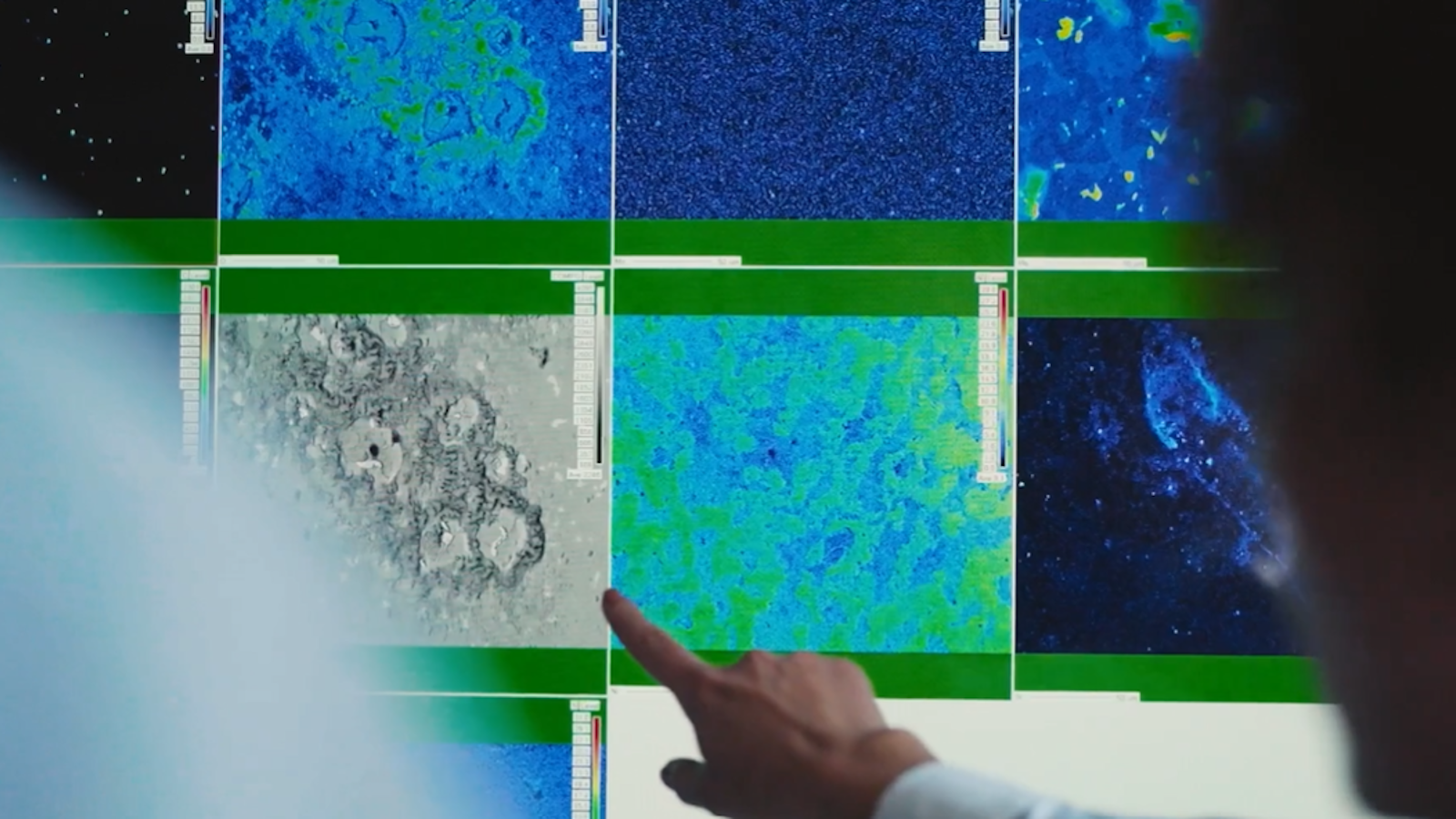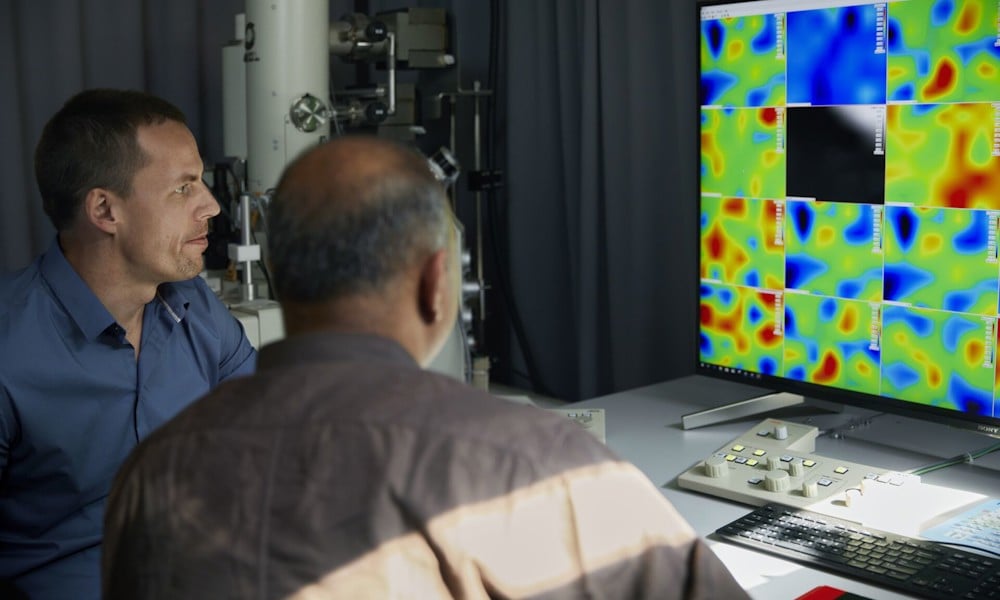Developing groundbreaking alloys is at the heart of Alleima, where a fully integrated value chain, from R&D and testing to melt and hot and cold rolling, to delivery, cooperates to meet customer challenges and accelerate technology shifts.
An alloy is a metal made by combining two or more elements to create a new material with, for example, greater mechanical strength or better resistance to corrosion. Historically, some alloys proved groundbreaking enough to lend their name to an entire era, such as the Bronze Age (bronze is made from copper and tin).
World’s most important material
In our time, the world’s most important material is steel, a metal subject to constant improvement to enhance its characteristics and sustainability footprint. The Bessemer process – a method of mass-producing steel by blowing air into molten iron to burn off carbon and other impurities – was originated by Sandvik (the previous home of Alleima) in the late 1850s, when Sandvik’s founder Göran Fredrik Göransson acquired the Swedish rights to the innovation.
Alleima currently has a portfolio of more than 900 active alloy compositions for processing into different niche applications – and some 850 patents.
Join Josefin Eidhagen, R&D Senior Engineer, Christina Haraldsson, Research Manager New Alloys, and Ulf Kivisäkk, Senior Expert Corrosion Resistant Alloys, on the journey from challenge to solution.
Challenges
The purpose of creating new – or developing existing – alloys is to increase the material’s performance and widen the applicability to new areas. A combination of customer needs, business opportunities and a quest for sustainability guides the R&D process at Alleima, explains Kivisäkk. “The end goal may be to increase sustainability in production for the end user, reduce costs, Ulf Kivisäkk, Senior Expert Corrosion Resistant Alloys achieve better resource utilization and improve performance characteristics," he says. "Increased resilience, stronger ability to withstand corrosion and lighter weight are some of the benefits frequently sought.”
Ulf Kivisäkk, Senior Expert Corrosion Resistant Alloys achieve better resource utilization and improve performance characteristics," he says. "Increased resilience, stronger ability to withstand corrosion and lighter weight are some of the benefits frequently sought.”
Renewable energy production, for example, increases the demand for extremely durable and resilient material, whether against extreme heat, corrosion, or acidity. Storing energy produced by intermittent sources such as solar, wind and wave power often requires materials suitable for hydrogen gas.
Hydrogen is set to play an important role as a substitute for carbons in other sectors as well. The transition to a zero-carbon world requires renewable energy production and nonfossil fuels for transportation, as well as a shift from hydrocarbons to electricity in the manufacturing sector.
In terms of challenges, however, few environments are as tough on materials as offshore applications and process industries such as biofuel refineries and fertilizer producers. To meet the extremely tough requirements posed by these highly corrosive environments, Alleima developed the Safurex® Star alloy and the award-winning Sanicro® 35 alloy.
R&D and testing
At Alleima, R&D teams span competencies across the metallurgy spectrum, all working together to push the frontiers. Thermodynamic modeling and in-house testing and production at a small scale are crucial aspects of that journey. “A fully integrated R&D chain offers an opportunity to develop and test new compositions on a small scale to verify hypotheses and land in a perfect alloy,” says Haraldsson. Christina Haraldsson, Research Manager New Alloys
Christina Haraldsson, Research Manager New Alloys
A successful example is the Sanicro® 35 alloy, which combines the best features of super austenitic stainless steel and a nickel alloy. Nickel costs more than iron, but Alleima’s R&D teams found a way to reduce the nickel content without compromising strength and resistance. The new grade has excellent corrosion resistance and mechanical strength suited for offshore applications and other highly corrosive environments such as biofuel refineries and process industries.
When launched, the trade press wrote, “Sanicro® 35 has found a white spot on the alloy map and is a super-austenitic material with reasonably low nickel content. It’s a very cost-efficient alternative to the more highly alloyed alternatives.” Materials Performance magazine recognized Sanicro® 35 alloy in its Corrosion Innovation of the Year Awards 2021, and it received the Sandvik Innovation Prize in 2019.
Some R&D journeys originate in new requirements from the market, others from the sheer curiosity and skills of Alleima’s R&D teams. “We sit down and ask ourselves, ‘how can we stretch the limits for materials used in particularly demanding environments?’” says Kivisäkk.
At other times, development takes place in close collaboration with the end customer. A successful result is Safurex® Star, a highly corrosion-resistant tube material specially developed for the urea process at fertilizer manufacturer Stamicarbon. “It is suitable for the severe conditions in strippers in urea production and is designed to enable an oxygen-less process that increases output and safety,” explains Kivisakk.
Production
Once the central R&D team has finished testing and achieved the desired results, it’s time for the divisions’ R&D teams to develop large-scale production of products that are based on the new alloy. Then follows testing in a live setting.
Before the new alloy hits the market, the material must be approved by standardization bodies in all regions where it will be sold.
Delivery
Several years after the central R&D team first sat down to analyze the possibilities of taking the properties of steel to new levels to solve tomorrow’s challenges, the final product ends up in the field, for example in the form of tubes for the energy sector including hydrogen storage or the process industry.
Materials, and steel in particular, have been at the heart of research and development at Alleima for 160 years. Combining elements to create new alloys and changing the microstructure to enhance performance and efficiency are on our agenda every single day.
And it’s fun, says Haraldsson: “The challenge of what can be done, to see how far we can go and what can we achieve to solve old and new challenges is very stimulating. Working with so many different competencies is a great learning opportunity.”


